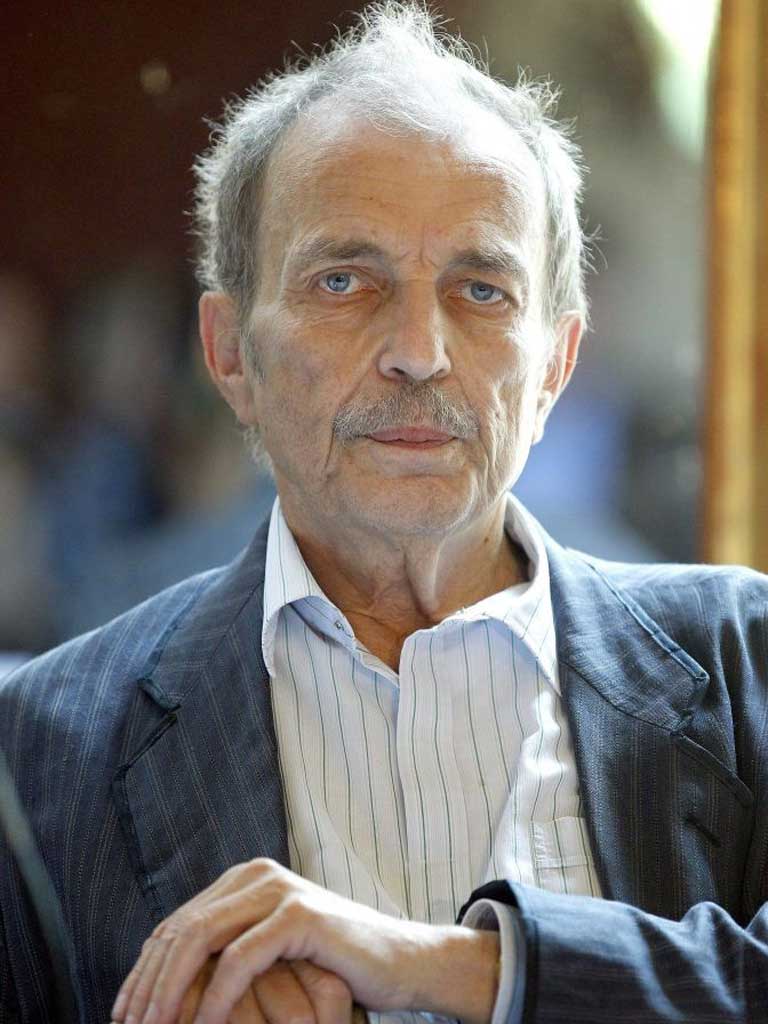
Your support helps us to tell the story
From reproductive rights to climate change to Big Tech, The Independent is on the ground when the story is developing. Whether it's investigating the financials of Elon Musk's pro-Trump PAC or producing our latest documentary, 'The A Word', which shines a light on the American women fighting for reproductive rights, we know how important it is to parse out the facts from the messaging.
At such a critical moment in US history, we need reporters on the ground. Your donation allows us to keep sending journalists to speak to both sides of the story.
The Independent is trusted by Americans across the entire political spectrum. And unlike many other quality news outlets, we choose not to lock Americans out of our reporting and analysis with paywalls. We believe quality journalism should be available to everyone, paid for by those who can afford it.
Your support makes all the difference.Franz West, who died on 25 July 2012 at the age of 65 after a long illness, was an Austrian artist noted for his commitment to public art. His tactile creations invited interventions from viewers: he once remarked, "It doesn't matter what the art looks like as long as it used."
West was born on 16 February 1947, the son of a coal dealer father; his mother was a dentist who took her son with her on art-viewing trips to Italy. He did not begin to study art seriously until the age of 26, at the Academy of Fine Arts Vienna.
West began making drawings 1970 before moving on to painted collages incorporating magazine images that showed the influence of Pop Art. West's sculpture typically employs plaster, papier-mâché, wire, polyester, aluminium and other materials from everyday life. He started paintings, but then turned to collages, sculptures, portable sculptures he called "Adaptives" or "Fitting Pieces", and furniture, such as welded metal chairs and divans, upholstered in raw linen. In his other work West often covered ordinary objects, such as bottles, machine parts and pieces of furniture , with gauze and plaster.
In the late 1990s, West turned to large-scale lacquered aluminium pieces, the first few inspired by the forms of Viennese sausages, as well as the shapes of the Adaptives. With their monochrome colours and irregular patchwork surfaces, they were specifically intended for sitting and lying on. Around 1980 West started to create, in the words of the New York Times, "plaster objects, usually a few feet long, meant to be placed over the face, worn around the waist or held in the crook of the neck. Although they suggest masks and props for the commedia dell'arte, their shapes are usually ambiguous: no matter how figurative and sexual Mr. West's objects may be, they remain abstract. The pieces can be worn on the street or carried like a partner in an enraptured solipsistic dance. They leave the wearer looking both protected and trapped."
Join our commenting forum
Join thought-provoking conversations, follow other Independent readers and see their replies
Comments